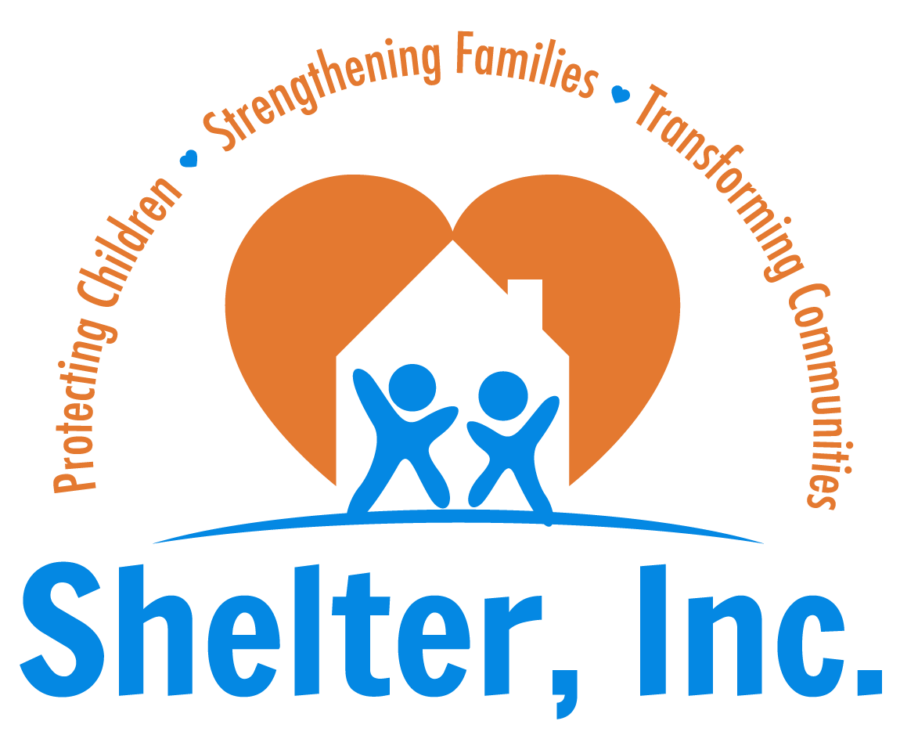
What is Pride Month? The U.S. is among many countries around the globe celebrating Pride month at various times throughout the year. Ours began June 28, 1969, when New York City Police raided one of the area’s most popular gay bars, the Stonewall Inn. Over the next six days, people in the LGBTQ+ community fought back in what has become known as the Stonewall Uprising. The birth of LGBTQ+ activism of today promotes self-affirmation, dignity, equality, and increased visibility.
Putting the PLUS in Pride:
As our collective understanding of gender identities has grown beyond male and female, our vocabulary has expanded to include lesbian, gay, bi-sexual, transexual, questioning, PLUS more. Healthline’s article 64 Terms that express gender and expressionism is a helpful guide to learn more.
Why Is PRIDE important in the Child Welfare System?
Children and adolescents who identify as LGBTQ+, just like all children, enter the child welfare system because their biological families cannot provide safe and nurturing homes. However, LGBTQ+ youths are overrepresented in the system.
Multiple studies show between 25 – 43% of LGBTQ+ youth are homeless because of their family’s non-acceptance of their sexual orientation or gender identity. In addition, physical, sexual, and emotional abuse is common when a youth comes out as LGBTQ+, resulting in the child running away or being locked out of their home.
Tragically, for many homeless LGBTQ+ youths, life away from their birth families isn’t any better as they’re at far greater risk than their non-LGBTQ+ peers of physical violence, sexual exploitation, human trafficking, and death. Yet, some find living on the streets safer than in a family environment.
While in theory, the foster care system should provide the stable and nurturing care all children need. In reality, because of their sexual orientation or gender identity, a youth may be subjected to the same abuse and neglect from foster parents. The outcome is a significant turnover rate in foster homes and a lower rate of finding a permanent home before aging out of the system.
The Shelter Difference
Shelter, Inc. is committed to providing safe, inclusive, and supportive resources for youth and families from all backgrounds and identities.
Like all youths, LGBTQ+ youths need and deserve safe, stable, and loving environments where they can thrive. Shelter is dedicated to providing support and care to LGBTQ+ children and their families for healthy, successful outcomes.
Illinois DCFS became the first child welfare agency in the country to create an LGBTQ+ service policy and mandate training for all those working with this diverse community. While it was a good starting point, Shelter knows diversity and inclusion for all is an ongoing education process, increasing skills and resources and creating a culture of respect and earned trust.
Not only in June, but every month, we celebrate our youths, families, and staff members who identify as LGBTQ+. For example, 90% of the youth in our two-year Transitional Living Program (TLP) for those aging out of the child welfare system identify as LGBTQ+. As with all those we serve, it’s a privilege to assist them in the journey as they become healthy, strong, empowered and contributing, members of our community.
How Can You Help?
The best way to show your support and pride in people of all backgrounds and identities is by educating yourself and others! There is no limit to the resources available, but we’ve included a few below to get you started. And, of course, reach out to us at Shelter any time!
ABC News’ 58 Gender Options for Facebook Users
Illinois Services to LGBTQ In Care
A Parent’s Guide to the LGBTQ Community
Facts on Sexuality from the American Psychological Association
CARING FOR LGBTQ YOUTH IN INCLUSIVE AND AFFIRMATIVE ENVIRONMENTS

0 Comments